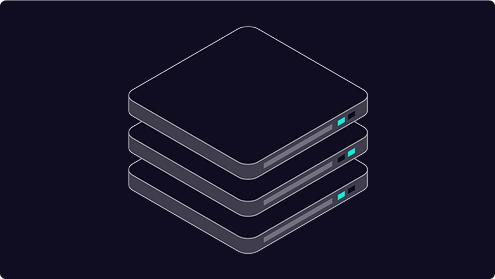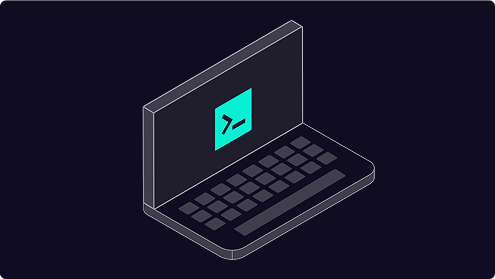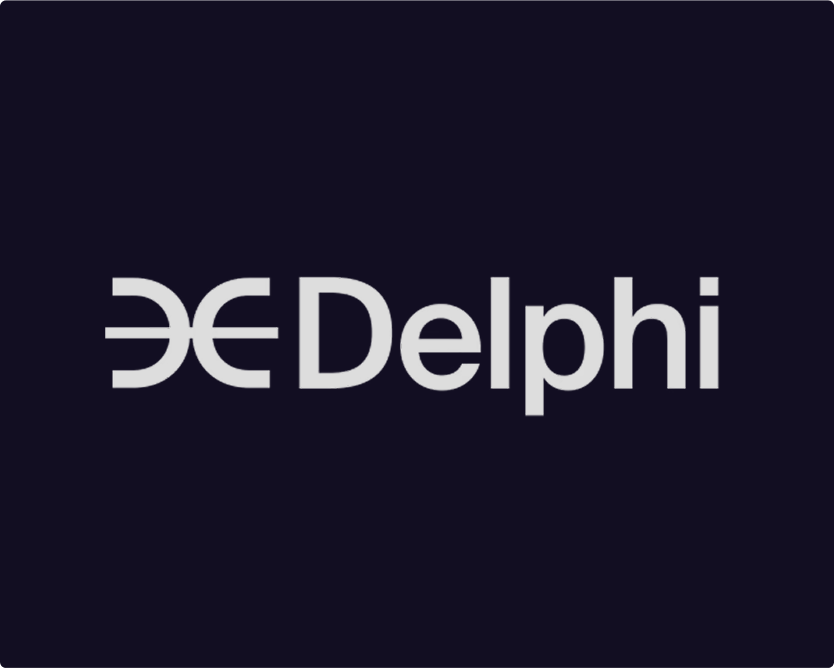The live data layer for apps and AI agents
Create up-to-the-second views into your business, just using SQL.
How Materialize Works
1. Integrate data from disparate systems
Point Materialize at your operational databases, event/queue systems, and services. Sources will appear as continually updating tables in Materialize with sub-second freshness.
2. Define views in SQL
Create views that join, aggregate, and shape raw tables into canonical business objects. A common pattern is a medallion architecture that translates source tables from bronze (raw) to silver (intermediate) to gold (final) data products.
3. Index views to create data flows
In a traditional database, you would index a table to speed up queries. In Materialize, you index the views themselves. When you do the Materialize optimizer creates dataflows, or computational graphs, that do the minimum amount of work as writes come in to keep views correctly and continually up to date. Now reactive, or pull based computation, becomes proactive and push based.
4. Strong consistency across the entire system
Materializes uses virtual time to ensure all objects are coordinated from a single clock. The system moves from one consistent state to another, reflecting things like transaction boundaries in up stream systems, even when views that are hundreds of layers deep.
5. Agentic feedback loops are now possible
Expose "gold" data products via MCP to give agents access to a semantic representation of your business. They can take the results of data products as-is, or use SQL to apply additional transformations on-the-fly. This lets them observe the world, think, and take action. Because Materialize can show how the results of those actions impact any other view in the system with sub-second latency, agents can now see the results of their own actions, quickly course correct, and take further actions to proceed toward their goal.
6. Make live data available across your entire stack
Push all transformed updates to downstream system like Kafka and Apache Iceberg or subscribe to an interesting subset. You can also take a pull-based approach and query data from Materialize using standard Postgres drivers. While Materialize doesn't have the fastest query engine, because it can do so much work up front, the end-to-end latency for reflecting the result of updates is usually far better than even OLAP systems.
Getting your data AI-agent ready
Provide fresh contextual building blocks
Published views become live data products, canonical business objects that agents can discover, compose, and reuse. Each expands agent capabilities without extra engineering. Materialize keeps them updated in under a second, giving agents a live digital twin to act and see impact, powering autonomous and human-in-the-loop workflows.
Keep vector embeddings and attributes fresh
Enable relevant semantic search and re-ranking in production by quickly calculating attributes to store with vectors as source systems update. Minimize embedding cost by avoiding batch refreshes; instead use live views to update only required objects. Avoid write-heavy attribute workloads by joining results with pre-computed results to quickly enrich objects returned from search.
Reduce token and compute costs
Because Materialize incrementally maintains data products, agents don’t need to spend tokens reason over low-level data models. Serving higher-level, contextual building blocks lowers infrastructure load and allows agents to spend tokens on goal seeking rather than data manipulation.
Transform your data with Postgres-compatible SQL
Perform multi-way, lateral, and outer joins across your connected data sources. Materialize maintains even the most complex join graphs incrementally, so your unified view is always fresh.
Model complex relationships like org charts or role hierarchies with recursive queries. Materialize handles graphs, trees, and iterative algorithms, keeping them up to date as data changes.
Subscribe to changes over a standard Postgres connection with SUBSCRIBE. Materialize pushes updates as your query results change, so you can trigger alerts or workflows without polling.
CREATE MATERIALIZED VIEW my_view AS
SELECT userid, COUNT(api.id), COUNT(pageviews.id)
FROM users
JOIN pageviews on users.id = pageviews.userid
JOIN api ON users.id = api.userId
GROUP BY userid;| userID | api_calls | pageviews |
|---|---|---|
| VPLaKV | 400 | 20 |
| MN37Mt | 60 | 9 |
| 1fT4KY | 72 | 42 |
| sT4QY | 10 | 342 |
Elastic. Efficient. Secure.
Materialize isolates workloads to protect latency-sensitive paths, keeps hardware costs under control, and integrates seamlessly with your security model.

Elastic Compute
Scale reads independently; isolate workloads to protect latency‑sensitive paths.

Beyond In-Memory
Use Materialize for views that are too large to fit in memory. Materialize automatically spills to disk to improve economics on your largest operational workloads.

Secure by Design
Materialize integrates with your existing controls, from AWS PrivateLink to role-based access control, so security is baked in from day one across cloud and on-prem deployments.
Patterns to Simplify your Architecture

Operational Data Mesh
Use SQL to create and deliver real-time, strongly consistent data products to streamline microservice communication and provide fresh-context to agents.
Operational Data Layer
Extract, load, and incrementally transform data from multiple sources. Create live views of your data that can be queried directly or loaded into systems like data warehouses or stream processing platforms.
Query Offload
Scale complex read queries more efficiently than a read replica, and without the invalidation headaches of a cache. Simply send updates to Materialize, create materialized views using SQL, and directly query the correct, incrementally maintained results.
Sources and Destinations
- In: Operational databases and event/queue systems across your estate.
- Out: Low-latency SQL for apps and APIs; changefeeds and sinks to warehouses, queues, caches, and vector databases.
- Many‑to‑many. Support for multiple sources and multiple destinations, so teams can assemble once and reuse everywhere.





























